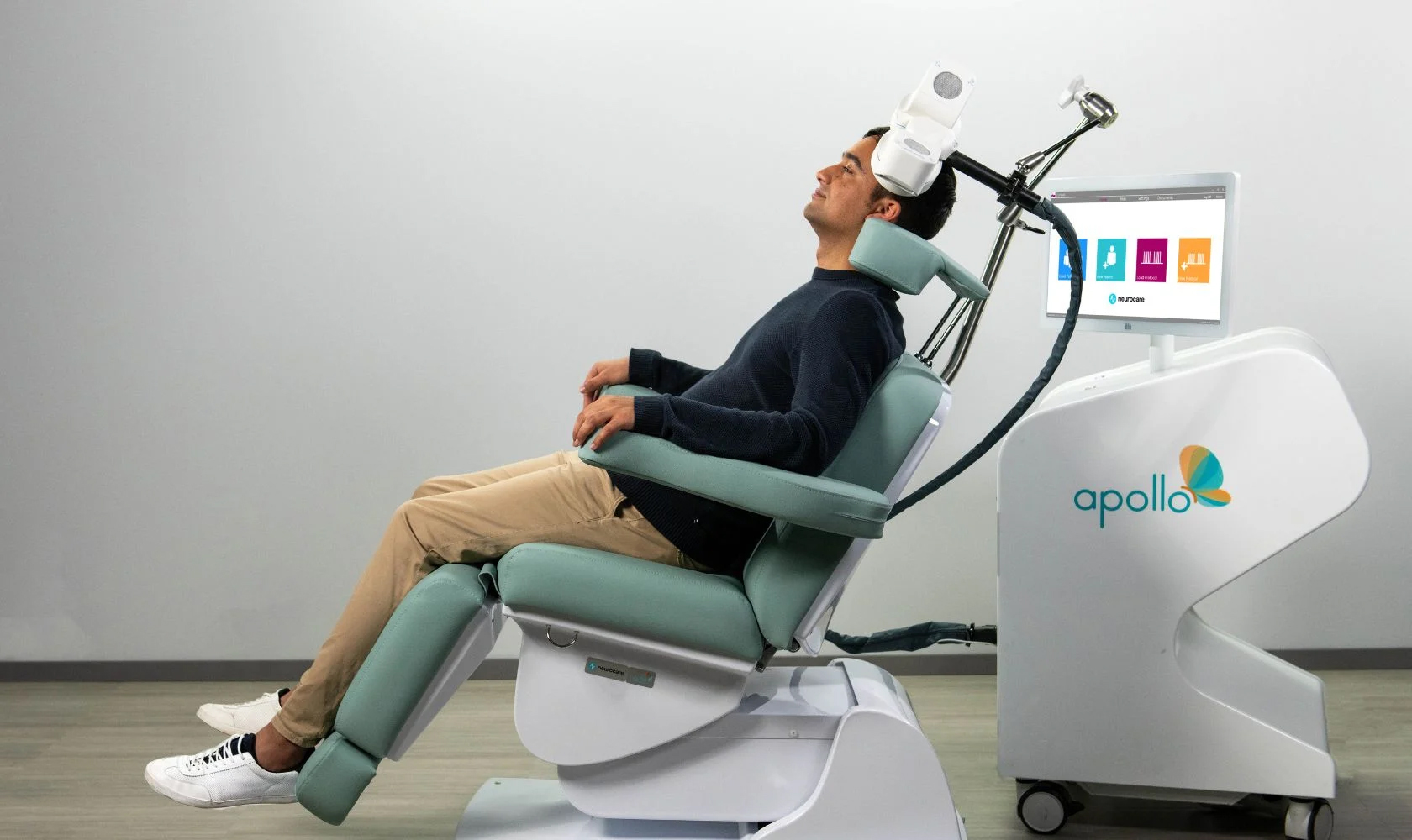
Transcranial Magnetic Stimulation (TMS) &
Personalized repetitive Transcranial Magnetic Stimulation (PrTMS)
TMS is a drug-free, non-invasive therapy that has been evolving and advancing for decades. TMS treatment uses magnetic pulses to stimulate electrical activity in the brain’s neurons. Non-personalized versions of this therapy have been cleared by the FDA for use in treating a limited number of conditions, including Major Depressive Disorder, Obsessive Compulsive Disorder, and pain associated with certain migraine headaches.
Personalized repetitive Transcranial Magnetic Stimulation (PrTMS) is TMS – but with a smarter, more sophisticated approach. Unlike conventional TMS that is one-size-fits-all, PrTMS utilizes a proprietary, patent-pending protocol to develop personalized treatment plans that customize the TMS therapy delivered to each patient – which may help patients achieve optimal results. PrTMS may be successful in treating a variety of brain health conditions.
Request your TMS evaluation appointment today at an Alleviant location near you. Fill out our online contact form or call 866-951-HEAL.
How TMS
Therapy Works
Therapy Works
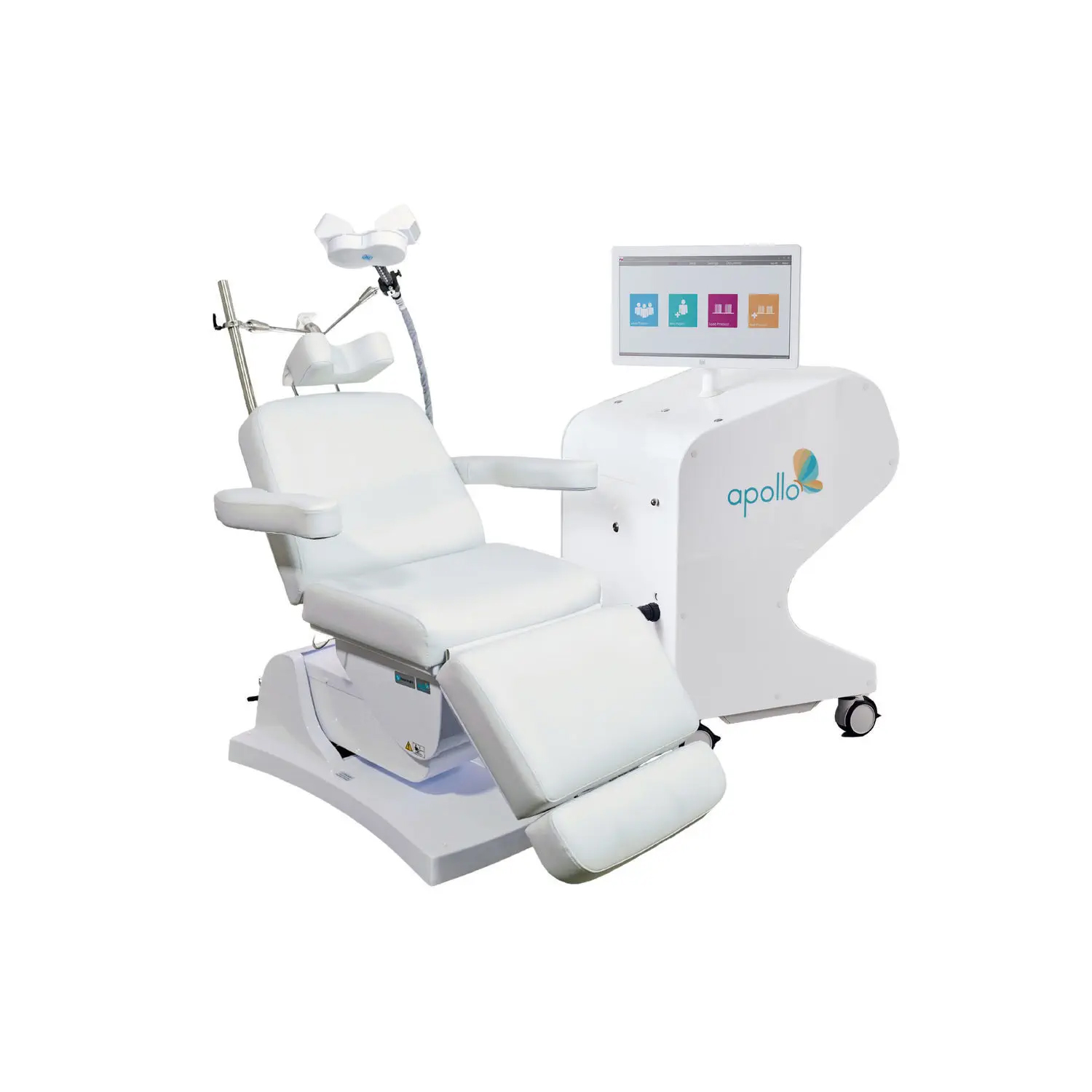
TMS is a safe, effective, non-drug treatment for Depression, Anxious Depression, and OCD. It uses precise magnetic pulses to stimulate and target critical underactive areas of the brain. Neurotransmitters, chemical messengers, send signals and play a significant role in mood regulation helping to reduce or even eliminate symptoms.
The PrTMS therapeutic approach uses brainwave analysis through an EEG to measure patient’s brain activity. This patient specific data is used to create a treatment plan personalized to each patient’s unique brain. Patients’ brain function is evaluated weekly during the course of the treatment plan, and therapy is modified from session to session to provide each patient with optimal results. This, combined with the patient’s self-assessed neurocognitive symptom scores, reveals a more complete picture of a patient’s brain health.
TMS and PrTMS therapy is easy, under 20 mins, and accessible for patients at all Alleviant Integrated Mental Health locations. TMS & PrTMS have been used in patients with a wide variety of conditions, including those that may not have responded to medication in the past. Talk to your doctor to see if TMS or PrTMS is right for you.
What to expect
- All you have to do is show up and recline in a comfortable spa-like chair
- A small curved magnet is placed lightly on your head
- You remain awake, may feel tapping, and will hear a clicking sound
- Return to daily activities immediately
Key benefits include:
- Effective: 83% response, 62% remission rates
- SAFE: low risk of side effects. Numerous studies have demonstrated safety and efficacy
- Flexible: outpatient treatment in under 20min… continue to live your life
- Lasts: Benefits can last for years after treatment is completed
- Non-invasive: TMS therapy does not require any anesthesia or sedation
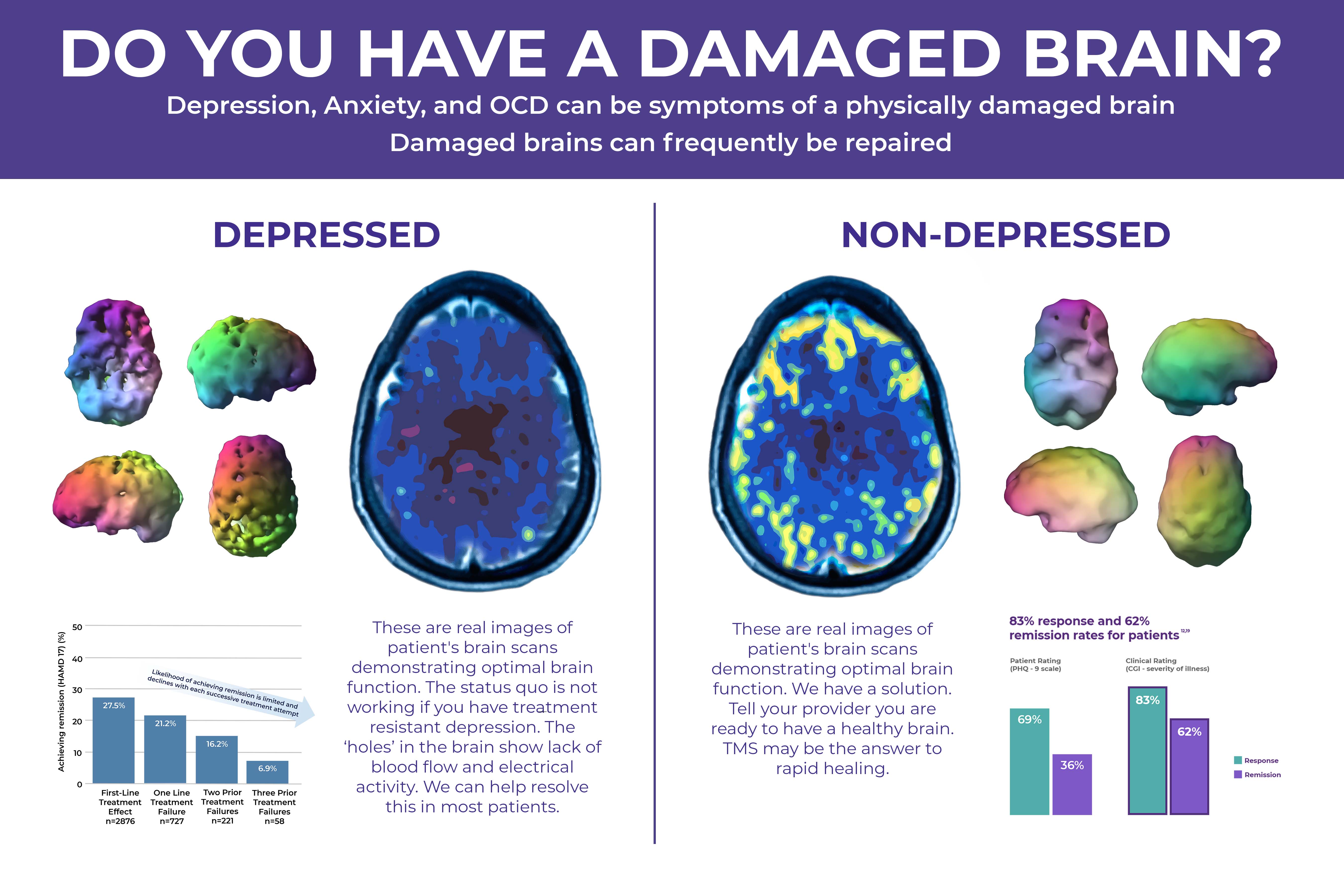
Our team is here to answer any questions.
Please contact Alleviant Integrated Mental Health at 866-951-HEAL
3 Steps of PrTMS
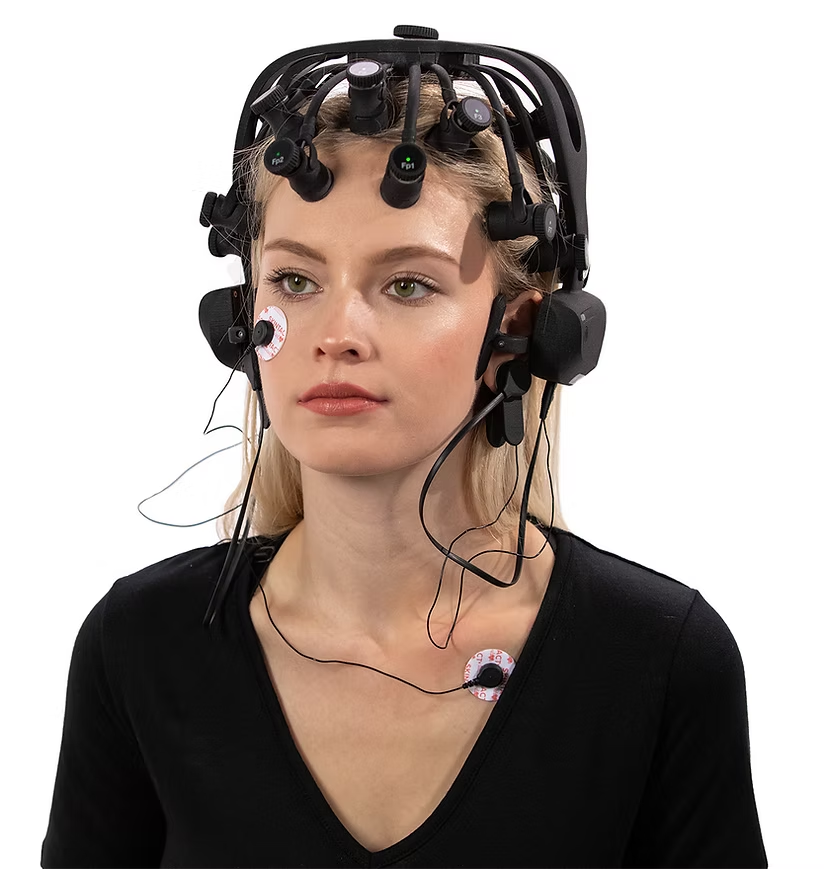
1. PrTMS begins by collecting patient responses to neurocognitive surveys and an electroencephalogram (EEG) to measure electrical activity in the brain. The EEG takes a recording in less than 5 minutes — without the use of wires or gels. It simultaneously records activity in 19 different functional regions of the brain that control different activities, emotions, and skills. This provides objective, quantitative brain function data, which is used to create a dose-optimized treatment plan.
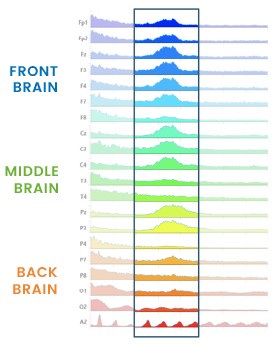
2. The EEG results show how many neurons are active and at what frequency in specific areas of the brain. The ideal frequency range for neurons is between 8-12 hertz. An excess of neurons operating outside of the normal range can indicate a variety of different conditions.
When the brain suffers trauma – whether from radiation, tumors, surgery, chemotherapy, physical injury (concussion), emotional trauma, or even acute/chronic sleep deprivation, affected neurons go into a state of “self-preservation” and slow their firing-rate or brainwave frequency. When neurons fire at different frequencies this creates a “brain arrhythmia,” which is believed by some to lead to a variety of observable mental and physical symptoms.

3. This patient specific data is used to create a TMS treatment plan, including treatment frequencies, locations, and other parameters, personalized to each patient’s unique brain.
Through PrTMS techniques, outlying neurons are stimulated at 10 hertz, forcing them to fire at and return to their optimum range.
An EEG is performed weekly to evaluate the patients’ brain function during the course of treatment and therapy sessions are continually modified over time based on the patient’s unique biometric data to provide each individual with optimal results. This, combined with the patient’s self-assessed neurocognitive symptom scores, reveals a more complete picture of a patient’s brain health.
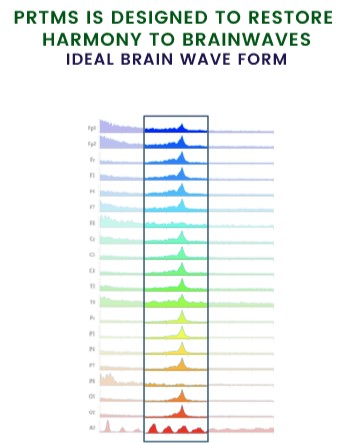
A PrTMS treatment plan designed to restore brain wave synchronicity is then generated — tailored specifically to that patient’s unique brain mapping. The goal of PrTMS is to get brain waves harmonized and firing at about 10 hertz without pharmaceuticals or external stimuli.
FAQs
To learn more about TMS therapy, please request an appointment for an evaluation at any Alleviant Integrated Mental Health location by completing our online contact form or calling 866-951-HEAL. Take our online questionnaire to see if you are a candidate today.
TMS is indicated for the treatment of depressive episodes and for decreasing anxiety symptoms for those who may exhibit comorbid anxiety symptoms in adult patients suffering from Major Depressive Disorder (MDD) and who failed to achieve satisfactory improvement from previous antidepressant medication treatment in the current episode. TMS is intended to be used as an adjunct for the treatment of adult patients suffering from Obsessive-Compulsive Disorder (OCD).
Important Safety Information
The most common side effect is pain or discomfort at or near the treatment site. These events are transient; they occur during the TMS treatment course and do not occur for most patients after the first week of treatment. There is a rare risk of seizure associated with the use of TMS therapy (<0.1% per patient).
TMS is only available by prescription.
Visit prtms.com for full safety and prescribing information.
REQUEST YOUR TMS EVALUATION
Request your appointment for a TMS or PrTMS evaluation at an Alleviant Integrated Mental Health location closest to you by filling out the contact form. Please allow us 24 to 48 hours for our intake coordinators to process your request and reach out to you.
REQUEST YOUR TMS EVALUATION
Request your appointment for TMS evaluation at an Alleviant Health Centers clinic closest to you by filling out the contact form. Please allow us 24 to 48 hours for our intake coordinators to process your request and reach out to you.
